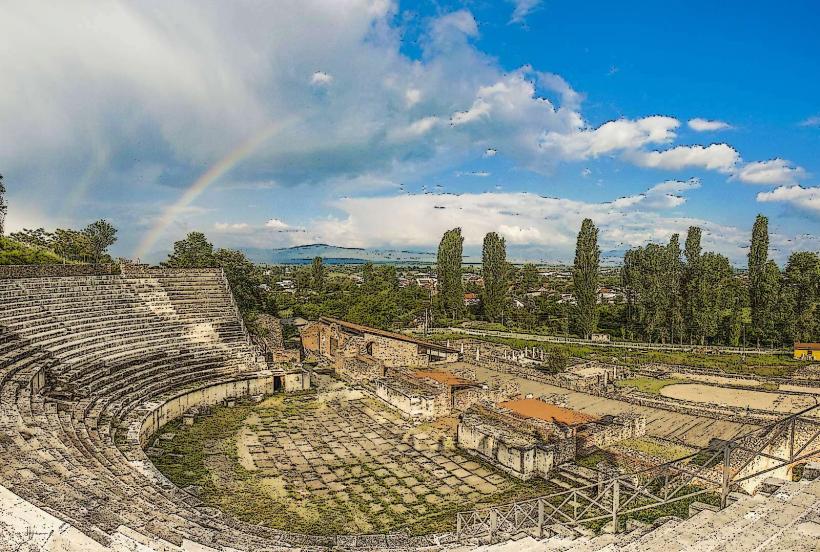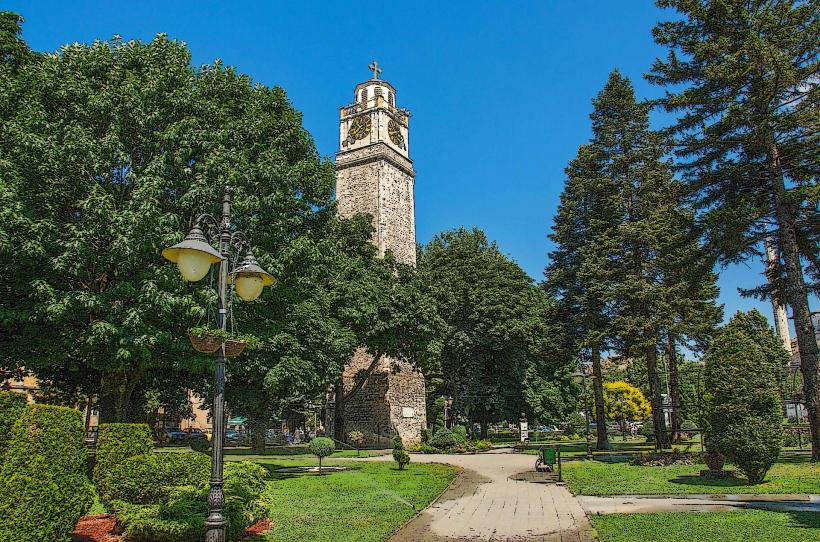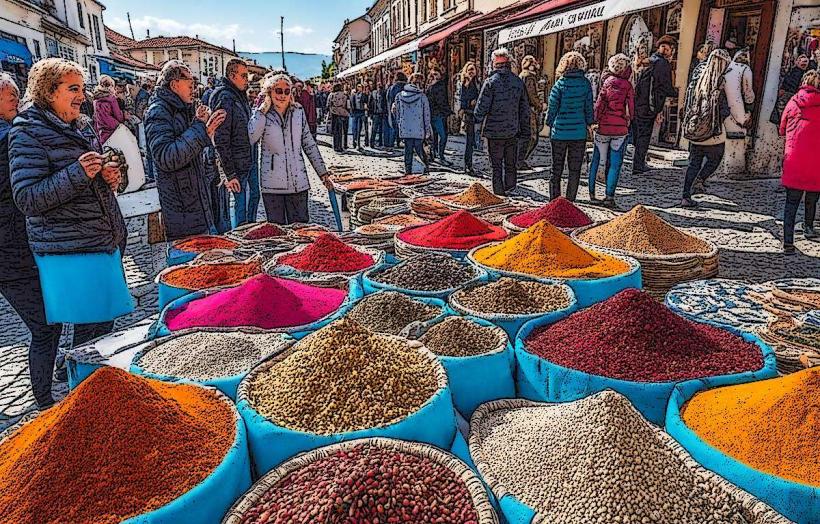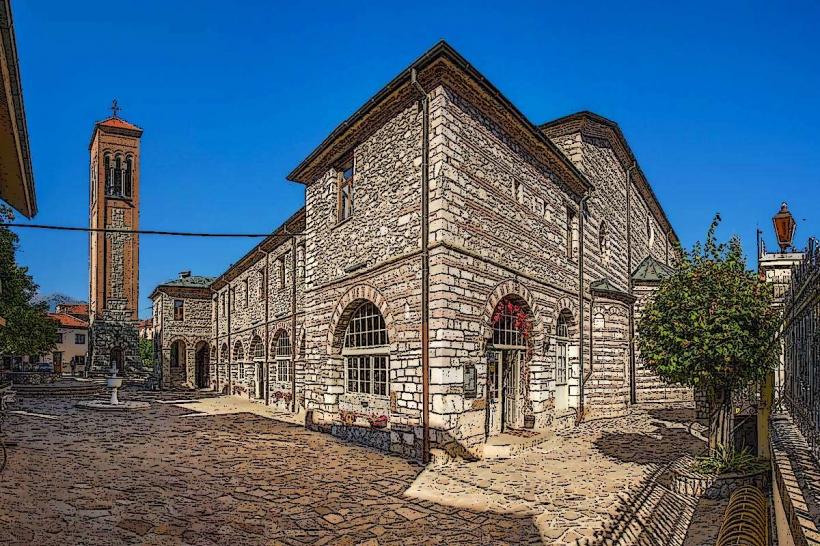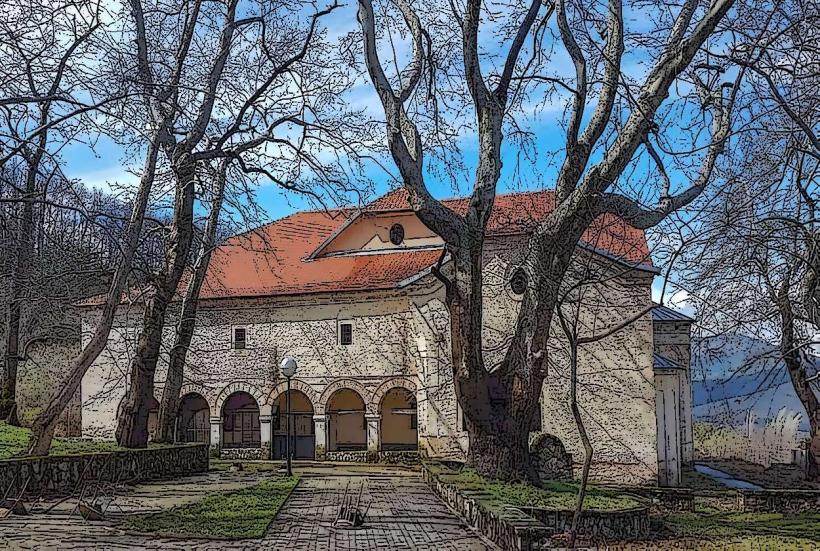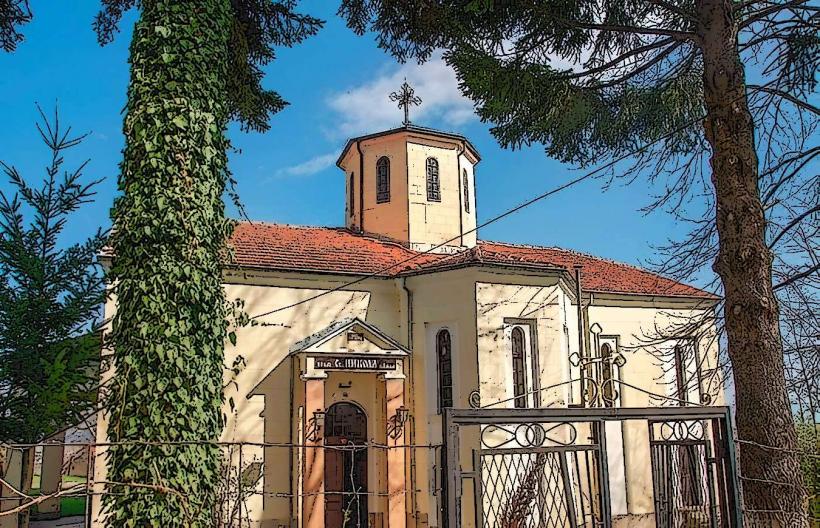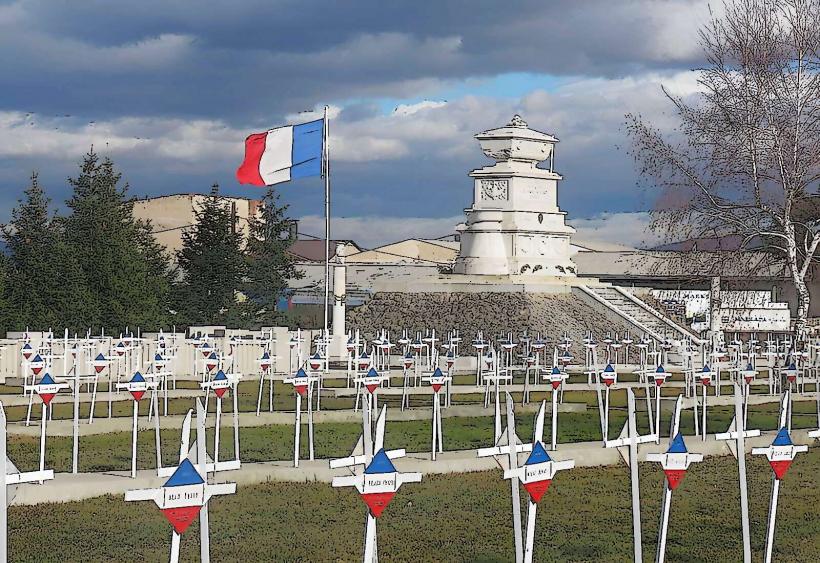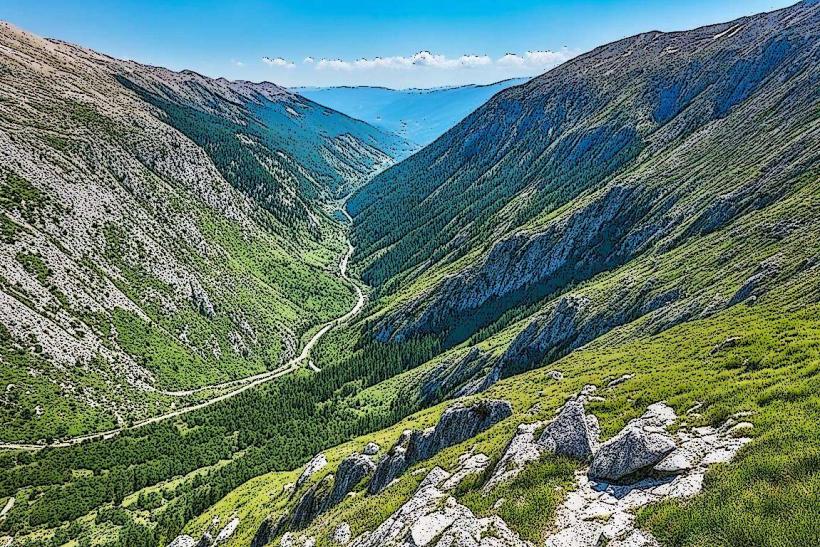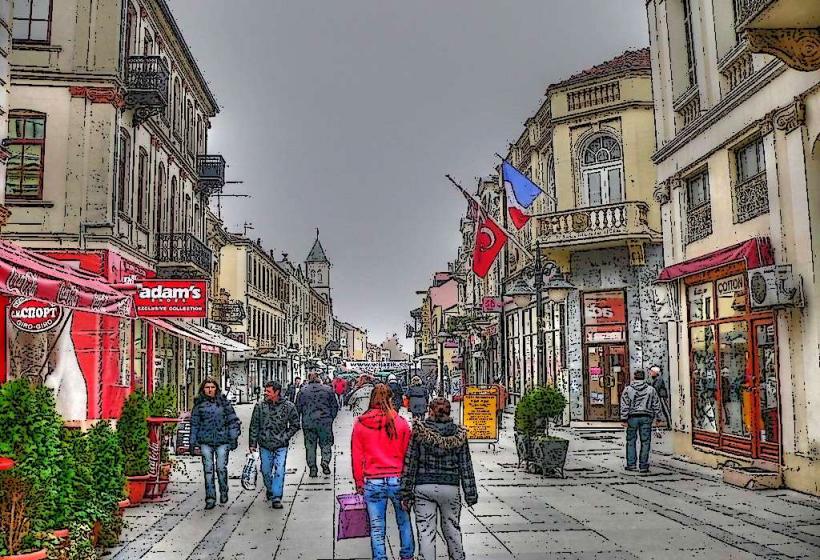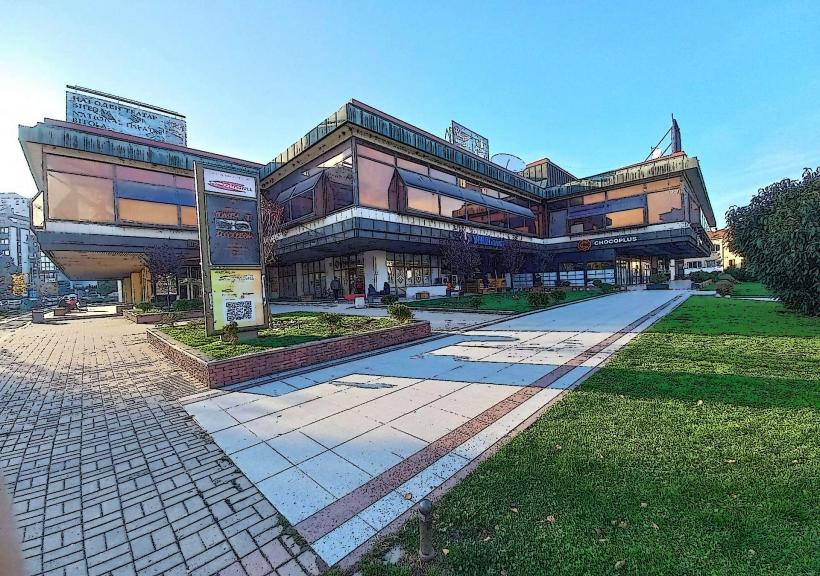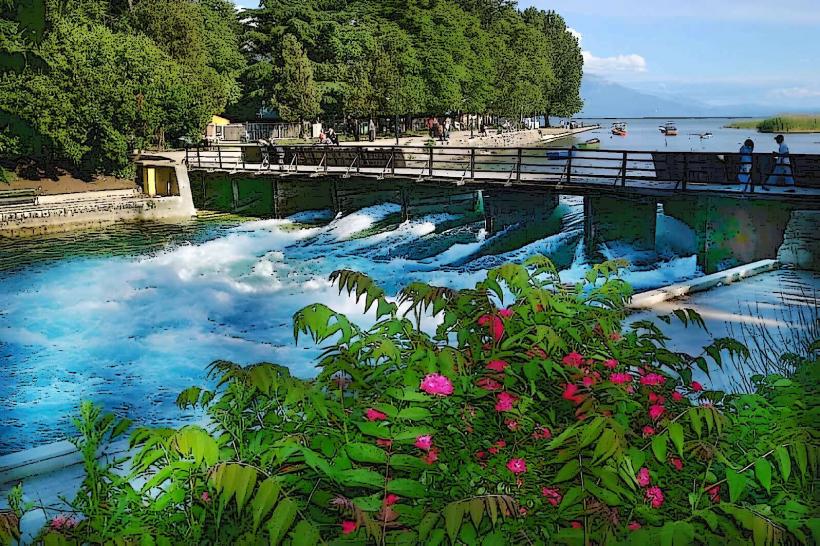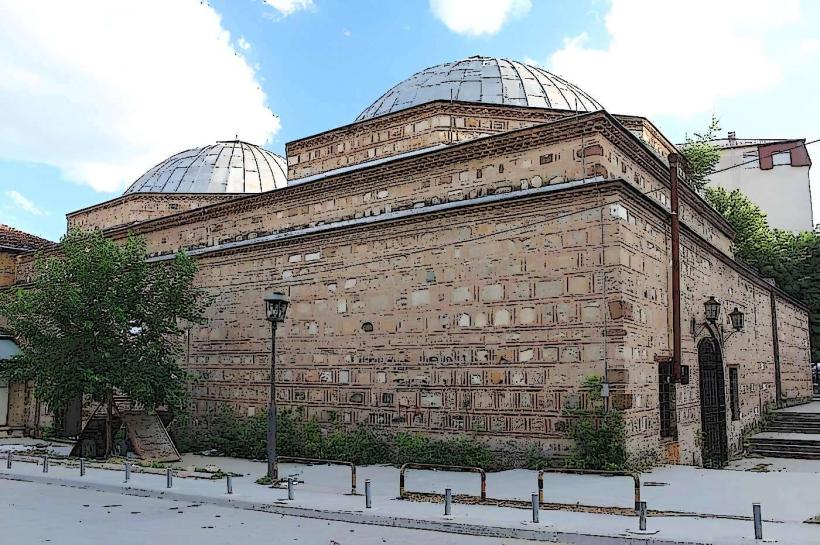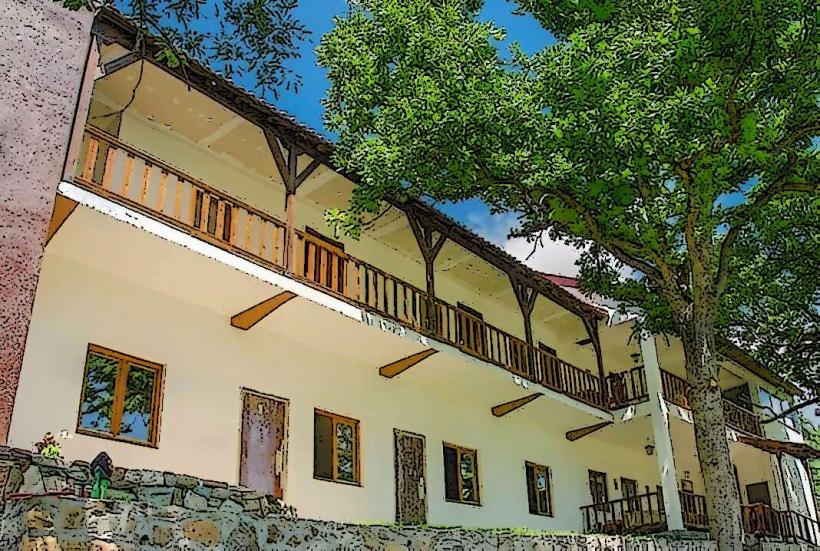Information
Landmark: Bitola MuseumCity: Bitola
Country: North Macedonia
Continent: Europe
Bitola Museum, also known as the National Museum of Bitola, is a significant cultural institution located in the city of Bitola, North Macedonia. It plays a vital role in preserving the history, art, and culture of the region, offering insight into Bitola's rich past, which spans from ancient times to the Ottoman period and beyond.
Overview:
- Location: The Bitola Museum is situated in the heart of Bitola, the second-largest city in North Macedonia, which has a rich historical and cultural heritage. The museum is housed in a historic building, providing a fitting setting for the artifacts it displays.
- Establishment: The museum was founded in 1954 and has since become one of the most important cultural institutions in the region. It offers exhibitions that cover various aspects of Bitola's history, from ancient Roman times to the Ottoman era and the modern period.
Exhibitions and Collections:
The museum is divided into several sections, each focusing on a specific period of Bitola's long history. The main exhibitions are:
1. Archaeological Collection:
- This section displays artifacts from the ancient and Roman periods, reflecting Bitola's role as an important urban center in ancient times.
- Ancient Monuments: The museum showcases archaeological findings from sites in and around Bitola, including items from the nearby Roman city of Heraclea. Heraclea, founded by Philip II of Macedon, is one of the key ancient sites in the region, and many artifacts from this site are displayed at the museum.
- Artifacts: Visitors can see pottery, statues, inscriptions, coins, and tools from the Greek and Roman periods, offering a glimpse into the daily life of the people living in the area thousands of years ago.
2. Ethnological Collection:
- This section of the museum explores the traditional culture and ethnography of the region. The exhibits include folk costumes, tools, furniture, and household items that reflect the everyday life of the people of Bitola through the centuries.
- Ottoman Influence: Given Bitola's significant role during the Ottoman period, this section also includes items that reflect the cultural and architectural influences of the Ottomans, such as traditional Ottoman clothing, jewelry, and household artifacts.
3. Historical Collection:
- The historical section of the museum provides an overview of Bitola's development throughout the Ottoman and modern periods. This includes exhibits about the Ottoman conquest, local administration, and cultural life under Ottoman rule.
- The collection highlights important historical events and figures from Bitola, including notable leaders, writers, and intellectuals from the city.
- Independence Movement: The museum also touches on the nationalist movements and the struggle for independence that took place in the region in the 19th and early 20th centuries.
4. Art Gallery:
- This section showcases works of Macedonian art, including paintings, sculptures, and graphic art. The art gallery features pieces from local artists as well as national and international artists, reflecting the artistic development in Bitola and its surroundings.
- The collection includes modern and contemporary art, and it is a key destination for those interested in the artistic heritage of North Macedonia.
Architecture of the Museum:
- Historic Building: The Bitola Museum is housed in a historic Ottoman-era building, which adds to its charm. The building was originally constructed as a Turkish school during the Ottoman period and later converted into a museum.
- Architectural Style: The building features elements of Ottoman and neo-classical architecture, with a spacious courtyard, high ceilings, and elegant details, making it an important landmark in the city of Bitola.
Visitor Experience:
- Guided Tours: The museum offers guided tours that provide visitors with detailed explanations of the exhibits and their historical context. The guides often share insights into the history of Bitola, making the visit even more enriching.
- Educational Programs: The Bitola Museum also runs educational programs and events, such as lectures, workshops, and exhibitions, aimed at fostering a deeper understanding of the region's history and culture.
Significance:
- Cultural Heritage: The Bitola Museum plays a key role in preserving the cultural and historical heritage of the region. It helps visitors understand the diverse influences that have shaped Bitola, from ancient Greek and Roman times to its role as a major Ottoman administrative center.
- Educational Value: The museum serves as an important resource for students, scholars, and anyone interested in learning about the history of Macedonia, its diverse cultures, and its role in the broader Balkan history.
Conclusion:
The Bitola Museum is a must-visit destination for anyone interested in exploring the rich history and cultural heritage of Bitola and North Macedonia. With its impressive collection of archaeological artifacts, ethnological exhibits, and art collections, the museum provides a deep and comprehensive view of the city’s past. The museum also serves as an important cultural hub, hosting exhibitions and events that engage both locals and visitors in preserving the legacy of this historic city.

